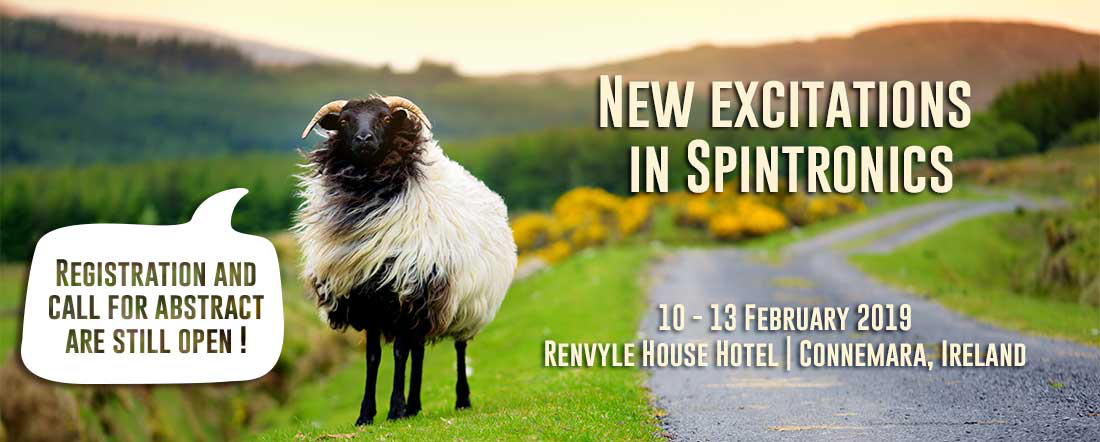Speaker
Description
We present the synthesis, crystal structure, electric and magnetic properties of the spin-crossover salt [Mn(5-Cl-sal-N-1,5,8,12)]TCNQ1.5(2CH3CN), (I), containing distinct conductive and magnetic blocks along with the solvent acetonitrile molecules. As a magnetic unit it employs the Mn (III) ion with Schiff base ligands [Mn(5-Cl-sal-N-1,5,8,12)]ClO4 while the conducting unit is the π - electron acceptor 7,7,8,8-tetracyanoquinodimethane (TCNQ). The title compound (I) exhibits the semiconducting behavior with room temperature conductivity RT = 2 10-4 ohm-1cm-1 and activation gap Ea = 0.21 eV. In the range 73 - 123 K, it experiences hysteretic phase transition accompanied by a crossover between low spin S = 1 and high spin S = 2 states of Mn (III) ions and sharp changes in bond lengths within MnN4O2 octahedra. The pronounced shrinkage of basal Mn – N bonds at the spin crossover in (I) suggests that the dx2-y2 orbital is occupied/deoccupied at this transition. Interestingly, the Br isostructural counterpart [Mn(5-Br-sal-N-1,5,8,12)]TCNQ1.5(2CH3CN), (II), of the title compound evidences no spin-crossover phenomena, cf. Fig. 1 and Fig. 2. The comparison of Cl and Br compounds allows distinguishing the thermal and spin-crossover contributions to the overall bond lengths variation. The difference in behavior of these salts is ascribed to enhanced anharmonicity of the stretching Mn – N vibrations due to the mixing with bending N – C – Cl vibrations in (I) as compared to the mixing with N – C – Br vibrations in (II). The only difference between (I) and (II) compounds concerns the mass of the halogen ions. The spin-crossover in (I) must be assigned to a mode which has mixed character due to the overlap of stretching Mn – N vibrations and bending N – C – Cl vibrations.

